‘Whack fol lol le rah!’ Inside the roaring resurgence of Irish trad music
From Jack O’Connell’s viral rendition of ‘Rocky Road to Dublin’ in Ryan Coogler’s ‘Sinners’ to Irish band Kingfishr selling out a headline US tour, trad music is connecting with younger generations in a huge way. Roisin O’Connor speaks to veterans Máirtín O’Connor and Tríona Ní Dhomhnaill, as well as relative newcomers like Kingfishr, Amble and David Keenan, to find out what’s behind it
At the Courthouse Tavern in Cork, Irish folk-rock band Kingfishr perch precariously on the world’s smallest stage while their fans, a few hundred strong, cram as close as they can to the front. They roar the lyrics to Kingfishr’s recent No 1 single “Killeagh”, written for bassist Eoin “Fitz” Fitzgibbon’s local hurling team and led by singer Eddie Keogh in his barrel-chested baritone: “They’d go raring and tearing and fighting for love/ For the land they call Killeagh and the Lord up above.”
“It’s like Beatlemania,” the pub’s stunned bar manager Emmet tells me, squeezing past to draw another pint of Guinness. Outside, around 1,500 fans are clamouring for Kingfishr to emerge for an acapella session. The gardai (police) turn up to tell them to leave, to no avail. Just your typical Monday evening for a band at the forefront of a massive resurgence in Irish trad (traditional) music.
Suddenly, the sound of banjos, fiddles and tin whistles is everywhere, from newcomer Myles Smith’s breakthrough song “Stargazing” to Ryan Coogler’s genre-melding film Sinners. Riverdance, the Irish entertainment phenomenon, is back out on the road – 30 years since it first ignited an international obsession with Irish dancing at the 1994 Eurovision Song Contest in Dublin. Ed Sheeran brought an Irish-themed pub to Coachella Festival, and there’s a looming threat that we might run out of Guinness. But why is Irish trad resonating so fiercely with younger generations?
“I think a lot of young people have been starved of communication, of human interaction,” renowned button accordionist and trad legend Máirtín O’Connor suggests. Hailing from Galway, O’Connor began playing aged nine and played in the first orchestra lineup for Riverdance, written by Irish composer Bill Whelan. He points out that the genesis of traditional Irish music happened in a convivial social setting. “It’s very much music of human interaction, celebration and commiseration. I think because of that, the music itself has great power. It’s quite the opposite to the isolating characteristic of technology.”
This ongoing resurgence doesn’t feel dissimilar to the booming popularity of sea shanties during lockdown, when intense feelings of isolation were temporarily lifted by TikTok trends that encouraged singers to add their harmonising vocals to existing videos. Now live music is back with a vengeance, young fans are getting to experience the full power of traditional Irish music in person, whether that’s singing along to “Eileen Og” at a Mary Wallopers gig or foot-stomping to the all-female Irish trad “supergroup”, BIIRD.
Sitting around the kitchen table at banjo player Eoghan “McGoo” McGrath’s family farm in Tipperary – where they’ve written most of their songs to date – Kingfishr reflect on their extraordinary rise. Family pictures hang on the wall alongside framed posters from some of their first gigs; a pot of tea brews; cows low in the fields outside. The trio are a little dazed, having just announced their biggest shows to date (including two nights at Dublin’s 13,000-capacity 3Arena). Not bad, considering they only formed three years ago.
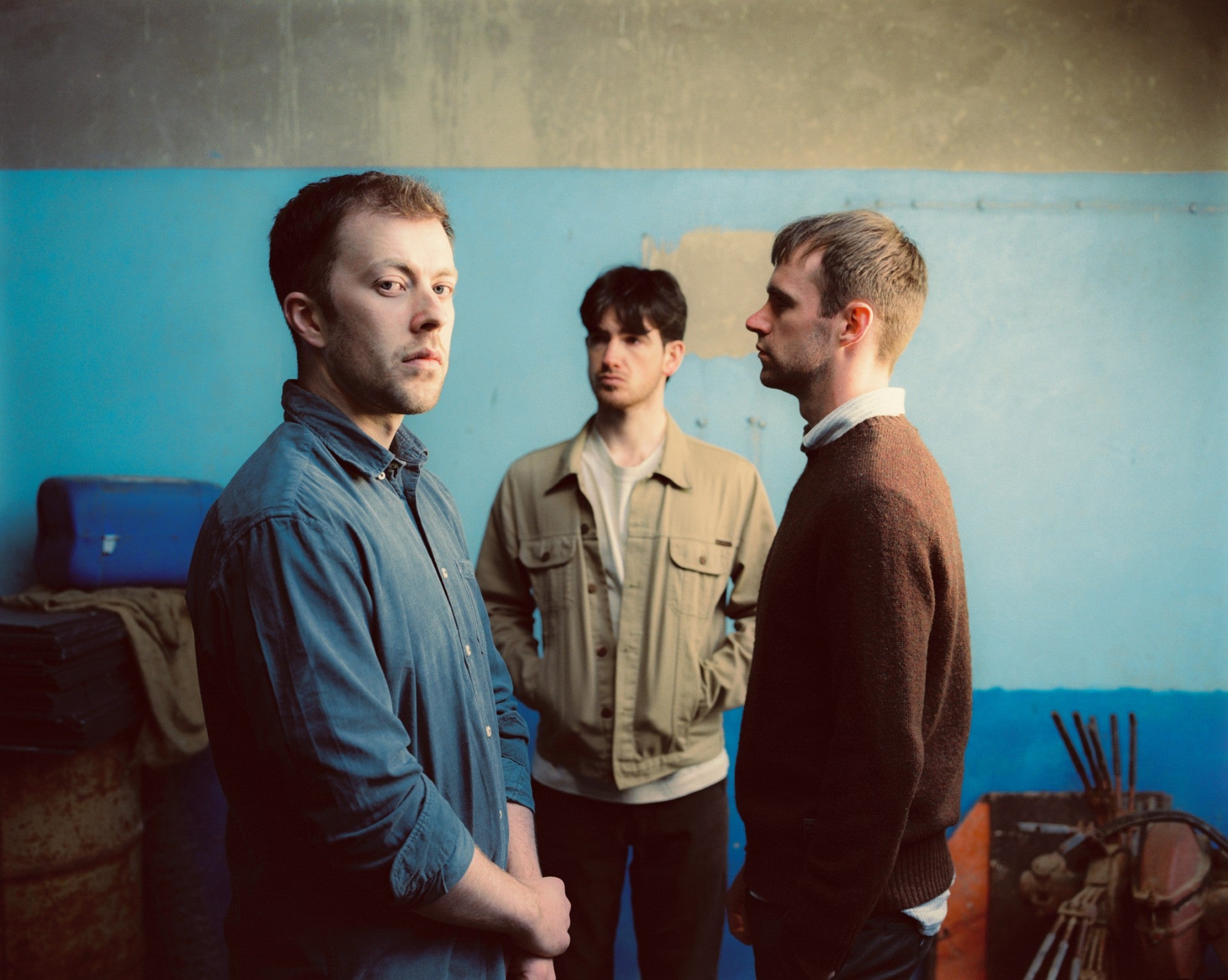
“Maybe we’ve been fortunate with the way this thing has moved, and the fact that all of a sudden trad music is back, there are banjos everywhere,” Keogh suggests, somewhat humbly. Both McGrath and Fitzgibbon have backgrounds in trad; McGrath competed in local competitions before turning to pub gigs, where he began to better understand the communal nature of the music. This translates to their own performances, which regularly turn into full-throated singalongs. Keogh’s songwriting has a natural poetic bent: “Take back all those things I said/ In the tempest of a moment/ But oh, my soul has gone and left me/ And in the depths, he begs for death,” he sings on “Flowers-Fire”. It’s beautiful storytelling, backed by instrumentation that stokes their young fans’ yearning to belong.
“I think there has definitely been a rejuvenation in the scene, and it’s a lot to do with the storytelling aspect,” says the Longford-born Ross McNerney, from the folk trio Amble. Like their peers Kingfishr, they’re only a few years into their career and already selling out arenas. They’ll join Hozier for the US leg of his Unreal Unearth tour next month. “People want to see someone with a guitar telling a story,” McNernry says. “You’re seeing similar in the US with country artists. It’s simple, uncomplicated – fans can listen to it and apply the stories to their own lives.” His bandmate Robbie Cunningham, a former teacher, grew up in a musical household: “When myself and Oisín [McCaffrey] met, we became friends after realising we both loved the likes of Luke Kelly, The Dubliners and Planxty.”
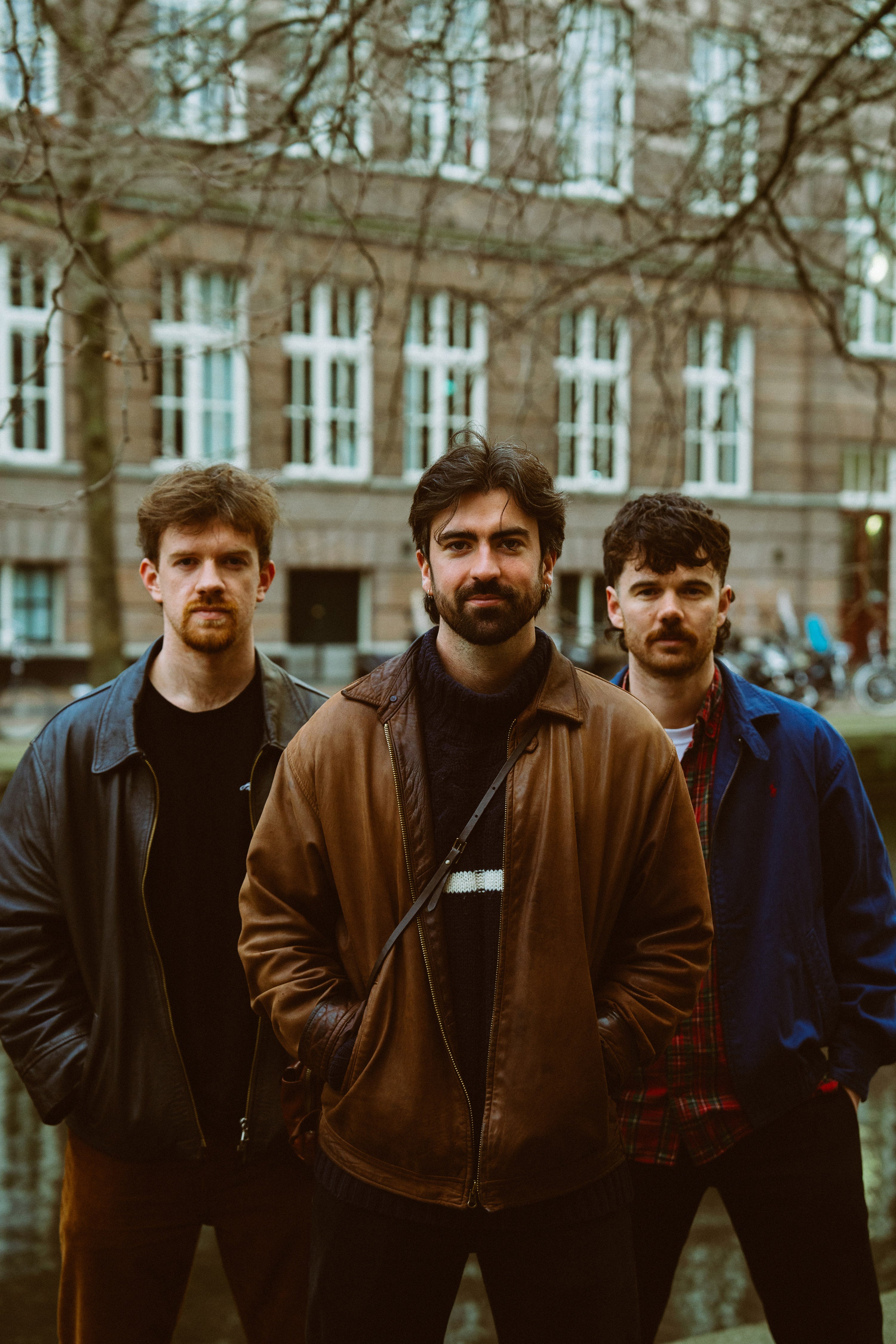
McCaffrey, from Sligo, was drawn to music aged 16 thanks to singer-songwriter David Keenan, who will now support the band on their forthcoming tour. On the cusp of releasing his fourth album, as well as a documentary film directed by Paddy Hayes, Keenan believes the country is undergoing a wider cultural revival. There have been numerous international wins in recent years, whether in the literary success of Sally Rooney to Oscar recognition of homegrown stars like Barry Keoghan and Paul Mescal, or in music with acts such as Hozier and Fontaines DC. Hozier sang in Irish Gaelic on his latest No 1 album, Unreal Unearth, while Mescal has spoken fluently in interviews on the red carpet.
“The Irish language is having a revival,” Keenan, who is also fluent, says over coffee in Dublin’s Temple Bar. “More and more young people want to learn to speak it.” Indeed, language learning app Rosetta Stone reported a 200 per cent surge in Gaelic learners in the UK in the past year, while Brexit has driven more than 856,000 Brits to apply for Irish passports. In his documentary, Focla ar Chanbhás (Words on Canvas), Keenan speaks with local hero Jinx Lennon about the punk-poet’s refusal to anglicise his accent. Both artists hail from Dundalk, a town in County Louth on the border with the north that also produced The Corrs and The Mary Wallopers.
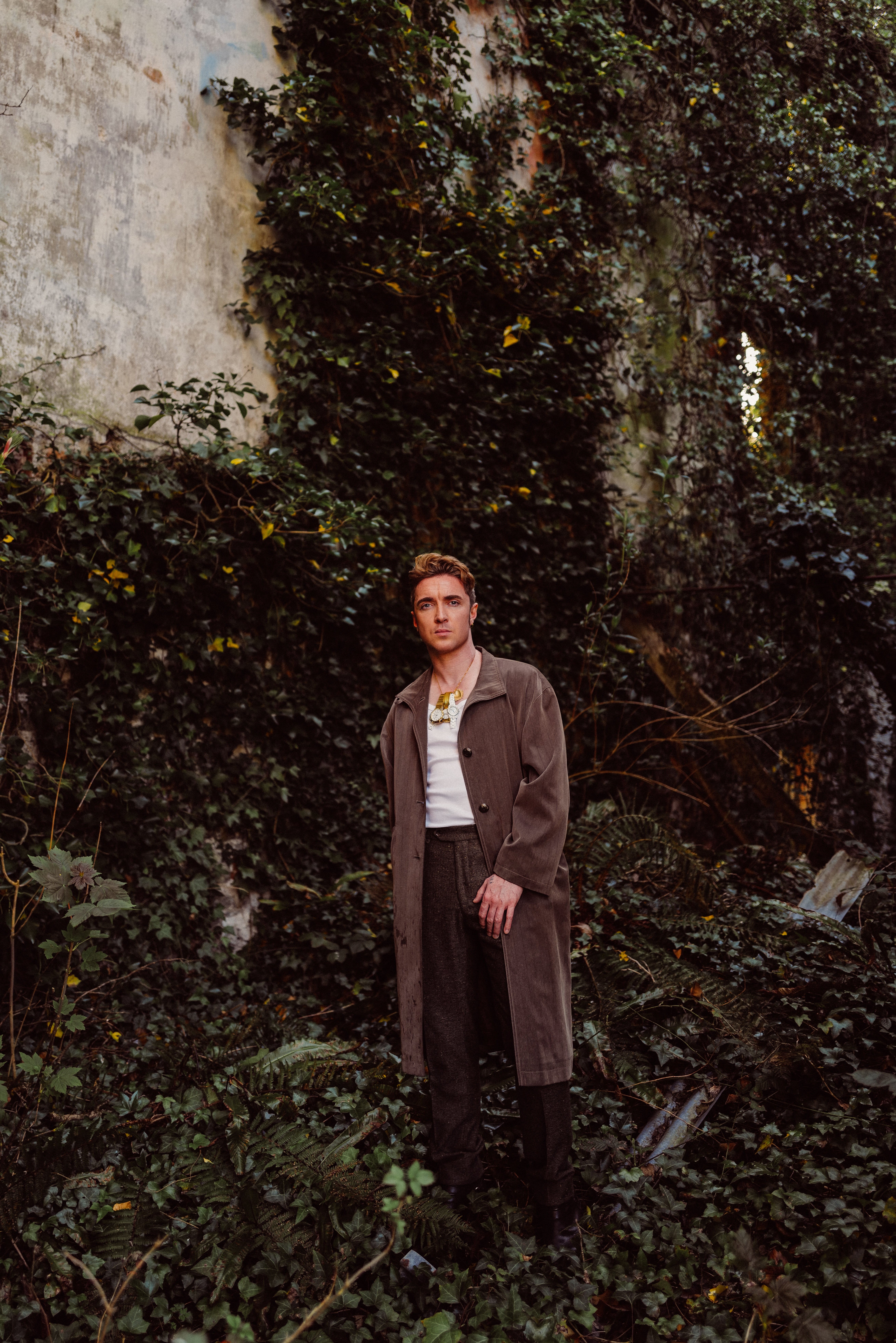
“People are looking at their own culture again,” Keenan suggests. “I think we’re entering this era of romanticism. People want tactile things, particularly because of [the pandemic] and being oversaturated by screens. The Irish are confident as a people, for the first time in a long time…” He wonders if, too, the Irish are falling out of love with what he calls “the myth” of America, whose culture has so heavily influenced our own: “Now it’s all about Irish film, music, literature.”
Across the pond, Americans are hand-wringing over what some have dubbed the “worst-ever era” for pop culture. In a piece for The Atlantic, Spencer Kornhaber writes of how previous periods of political, social and industrial change yielded “great artist breakthroughs ... Either something similar is happening now and we’re not yet able to see it, or we really have, at last, slid into the wasteland.” The wasteland being the 100,000 or so songs added to streaming services every day.
Here in Ireland, though, we find “memory and desire, stirring”, perhaps in subconscious protest against the rise of AI and the forced homogenisation of our musical palettes. To fans, the idea of sitting in a pub listening to trad music – to musicians who have mastered their craft – is the very antithesis of a major label trying to “trick” them into listening to the same sanitised pop. Irish trad is, to put it flippantly, the equivalent of younger generations ditching their iPhones in favour of a Nokia 3210. “New”, they’ve evidently realised, doesn’t always mean “better”.
That’s not to say there’s no innovation taking place among these younger bands. The Mary Wallopers have spoken in interviews about treating Irish trad music’s canon with a healthy irreverence, often rearranging verses or switching up the tempo. It’s in keeping with the community’s view of it as something in constant movement, like a river changing the land it courses through. Alt-rap duo Tebi Rex (Max Zanga and Matt Ó Baoill) have won praise for their merging of hip-hop with trad Irish influences, most recently on their single “Ireland’s Full”, which delivers witty commentary (in Irish and English) on anti-immigrant rhetoric and Irish identity over woozy beats and banjo strums.
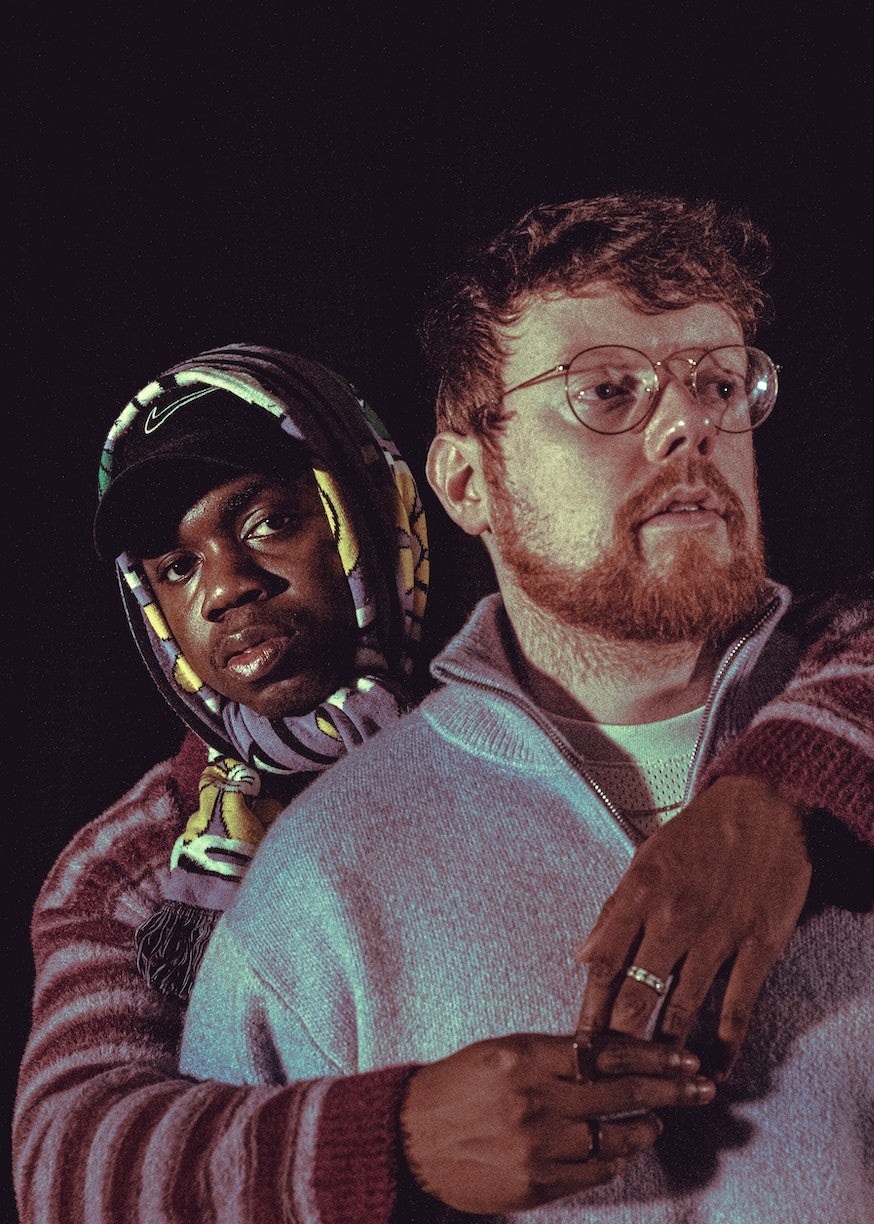
The Dublin-formed “doom-folk” band Lankum, too, have won admiration for their astonishing takes on songs such as “Go Dig My Grave”, inspired by the old Irish practice of keening (caoineadh). Founding member Ian Lynch (uilleann pipes, concertina, tin whistle) even has his own podcast, Fire Draw Near, which delves into the canon of Irish traditional music.
Meanwhile, fresh covers of Irish standards have been striking a chord with younger generations. In Ryan Coogler’s musical supernatural horror Sinners, Jack O’Connell delivers a storming rendition of the 19th-century tune “Rocky Road to Dublin”, while trying to gain entry to a juke joint. Coogler seems to use O’Connell’s character, the evil vampire Remmick, as a symbol for Irish immigrants in 19th- and 20th-century America who, as Noel Ignatiev wrote in his 1995 book How the Irish Became White, went from being oppressed to gaining acceptance by becoming the oppressors.
Remmick’s obsession with the young blues musician Sammie “Preacher Boy” Moore (Miles Caton) ultimately erases his own heritage through assimilation. Yet Coogler’s longtime collaborator Ludwig Göransson, who created the score, also deftly demonstrates how music transcends borders. The characters Remmick has turned into vampires join him in a frenzied circle, while the climax of the song yields a keening, gospel cry and the subtle (genius) melding of 808 beats with a bodhrán drum: “Hunt the hare and turn her down the rocky road/ And all the way to Dublin, whack fol lol le rah!” It’s gone viral on TikTok among film fans, who joke that the song would have persuaded them to “let the vampires in”.
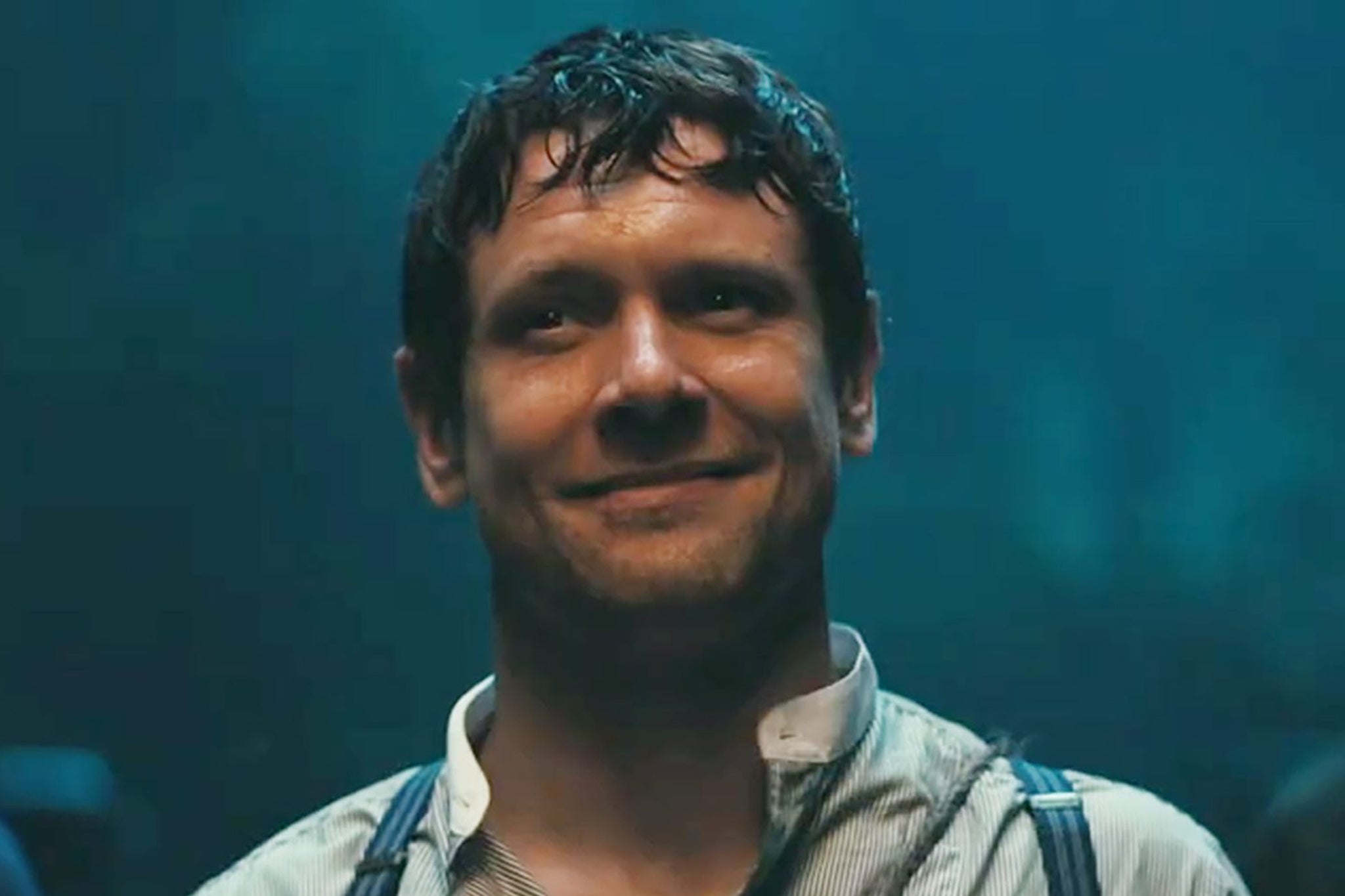
Keogh suggests that the Irish trad resurgence could reflect a renewed sense of patriotism among disillusioned youth, who seek to reclaim some semblance of identity amid political tumult. “I think that maybe with the traditional Irish sense of things, there is a sense of patriotism to some of it,” he says. “There’s always been that push and pull between politics and culture.” This kind of music offers a connection to our heritage, too: an opening monologue in Sinners speaks of a kind of music “so pure it can pierce the veil between life and death, past and future”. This sentiment sits well with O’Connor. “If I’m thinking on a personal level, traditional music connects me with all my relatives who went before me,” he says. “Their ways of being, the way they expressed their humanity. I like the idea of tearing the veil between the past and the future. It’s a powerful statement.”
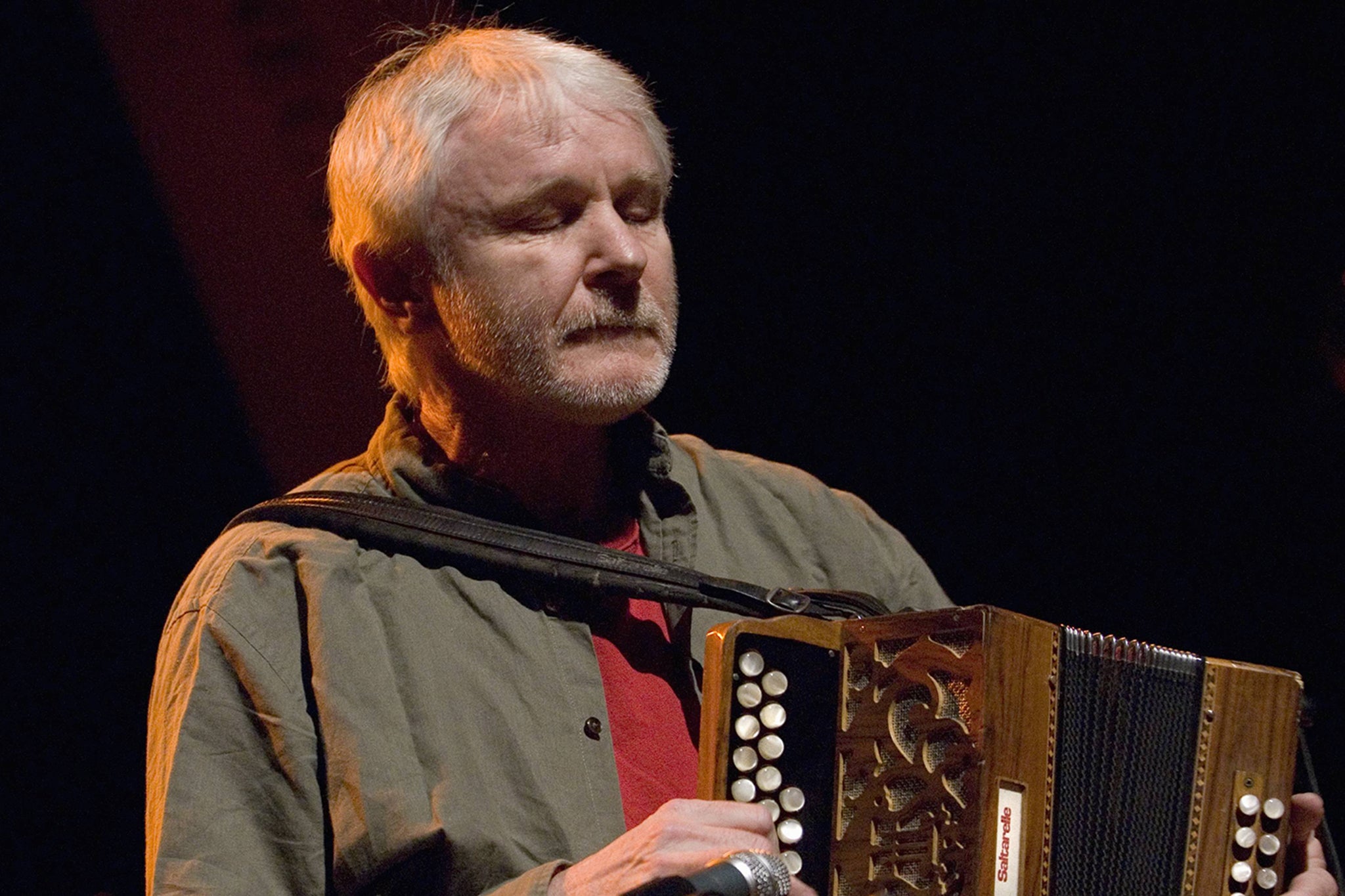
It’s one that Tríona Ní Dhomhnaill knows well, too. The revered Irish traditional singer, known as a founding member of The Bothy Band, played a huge role in spurring on the Irish traditional music movement during the Seventies and well beyond their disbandment in 1979. They were what some dubbed a “rock’n’roll band in folk clothing”. Dhomhnaill’s mother and father were both singers, and her father worked for a time for the National Folklore Collection, recording and transcribing (by hand) thousands of pages’ worth of Irish trad songs.
“He had a great vision of what was fast disappearing with the older generations,” she tells me over the phone. She and her siblings – her brother Mícheál and sister Maighread – studied the songs themselves at Irish language school in summer, later forming her first band, Skara Brae, with their friend, Dáithí Sproule.
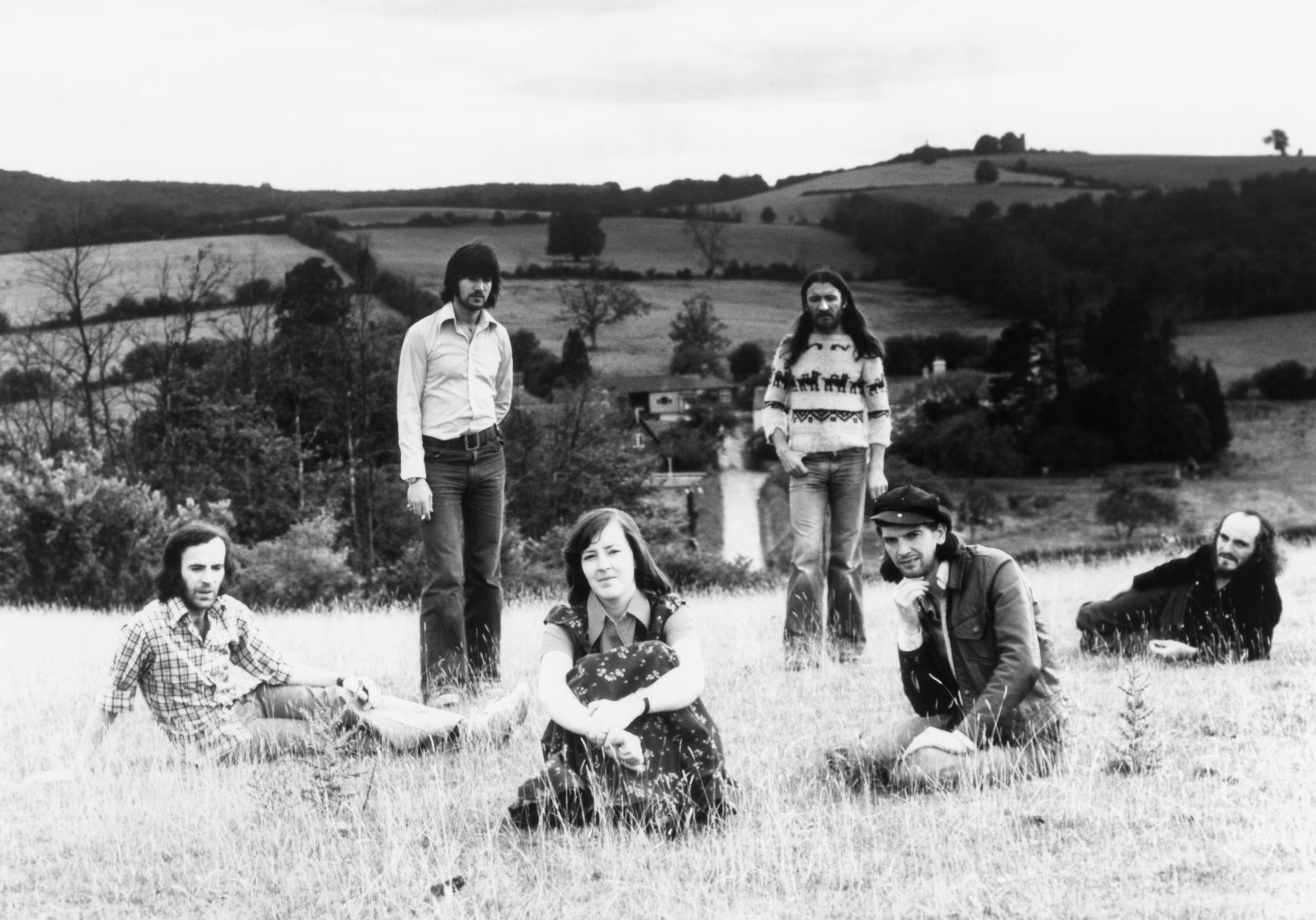
“We made our own arrangements – the harmonising was something that just came naturally to me,” Dhomhnaill says. “Some people frowned upon it, but we were so young, and there was no tomorrow. The more we knew about the music, the more we became aware of the beauty of it all, the richness. And in the company of other musicians … it was a huge melting pot.” She likes to think The Bothy Band have influenced generations of future musicians who are now leading this new resurgence: “It’s a great thing and I embrace it.” They’ve passed on the torch, and the fire is still burning bright.
Kingfishr are on tour, their new single ‘Diamonds and Roses’ is out now. Amble’s debut album ‘Reverie’ is out now. David Keenan’s documentary ‘Focla ar Chanbhás’ will be screening in Ireland and the UK later this year; catch him and Amble sharing a stage this summer from 19 June to 28 August, and headlining London’s Bush Hall (10 July) and the Ambassador Theatre in Dublin (12 July)
Join our commenting forum
Join thought-provoking conversations, follow other Independent readers and see their replies
Comments